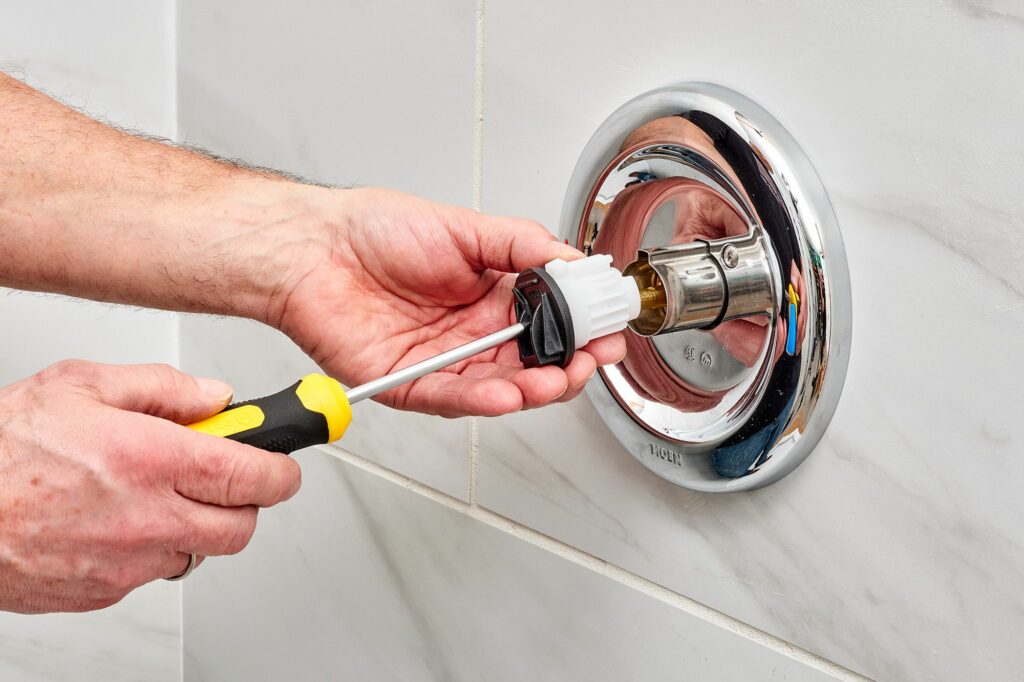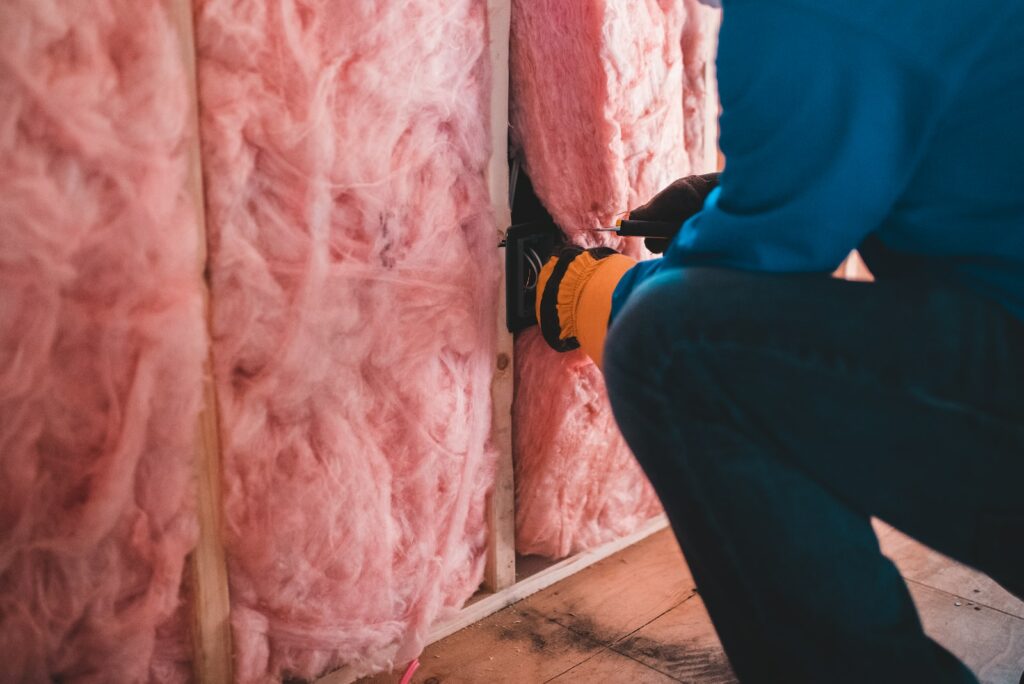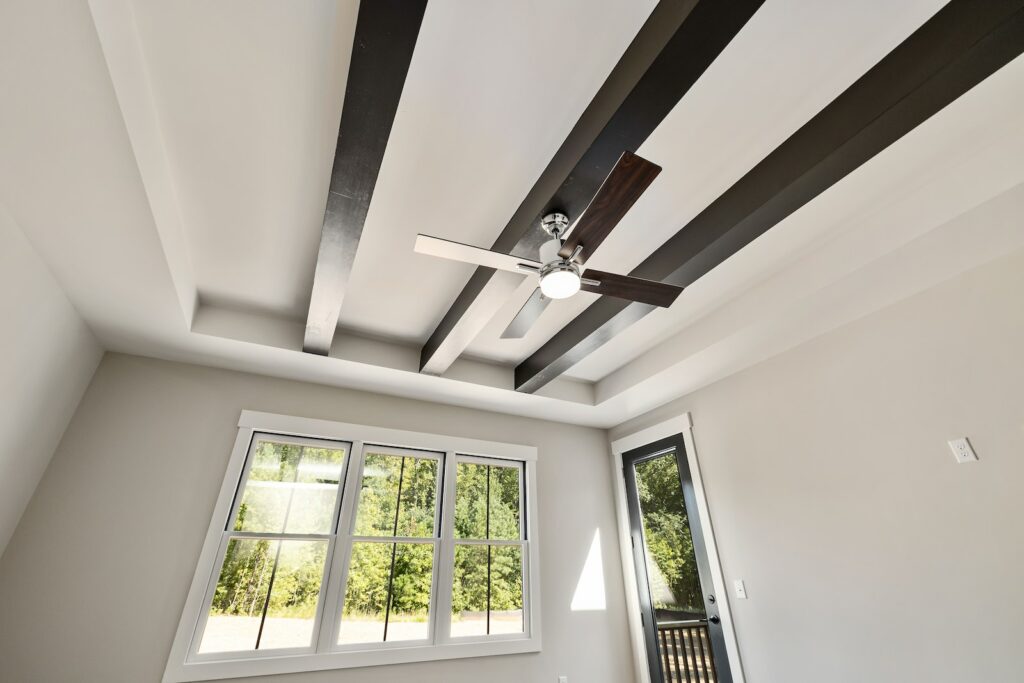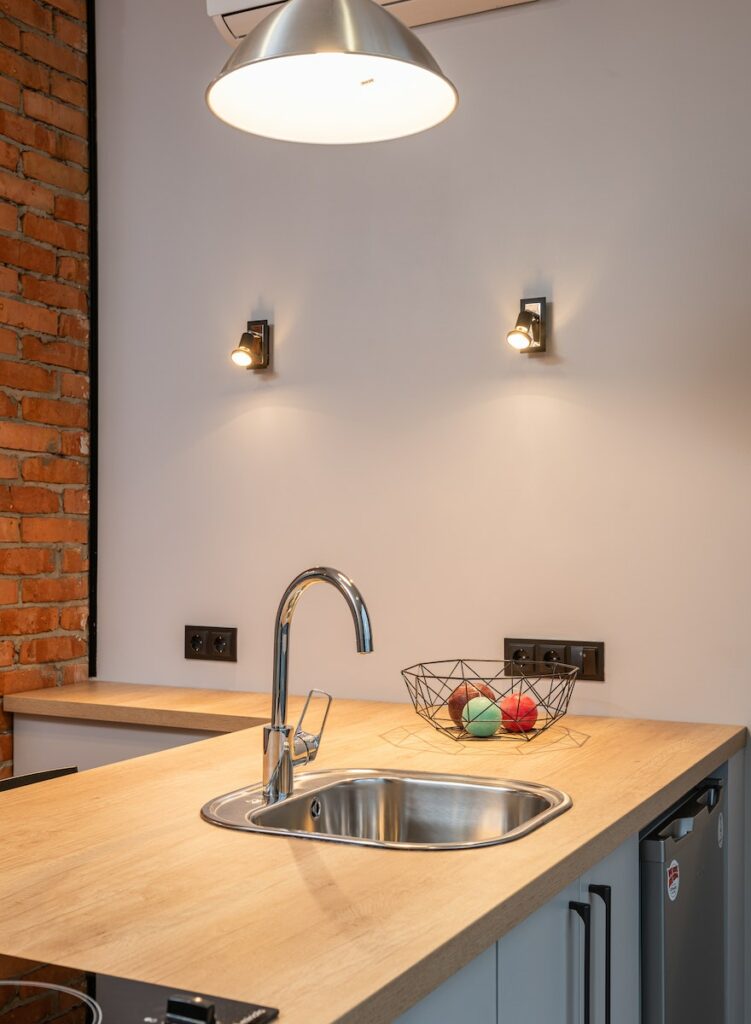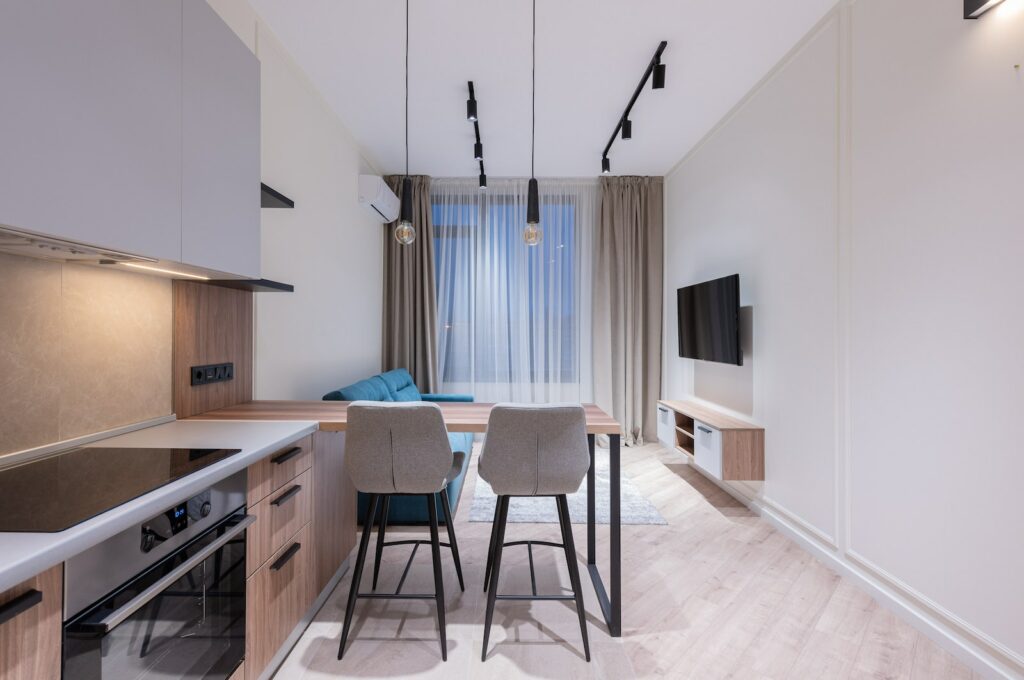The Ultimate Guide to Home Improvement Planning
Making improvements to your home can add value and make your living space more comfortable and inviting. Whether you plan to make small changes or the entire house gets a facelift, the home improvement planning process can be daunting. Luckily, you have this ultimate guide to home improvement planning to help you through the process.
Step-by-Step Home Improvement Planning Process
Step 1: Create a Home Improvement Plan
The first step in home improvement planning is to create a plan. Start by asking yourself questions like: What areas of the house need renovation or improvement? What improvements are most important? How much will these improvements cost? How much time will it take? Take the time to consider which improvements are most important for you and your family, and which ones are worth the cost. Make a list of the projects you plan to complete, then prioritize them. This will help you focus on the most important improvements first.
Step 2: Set a Budget
The next step is to set a budget. It is important to set a realistic budget that you are comfortable with. Consider the expense of materials and labor, as well as any unforeseen costs. Research the average cost of home improvement projects to get an estimate of what you may need. After setting your budget, you can begin to shop around for deals on materials and labor. This will help you get the most bang for your buck and ensure that you don’t overspend.
Step 3: Find the Right Contractors
Finding the right contractors is critical for ensuring your home improvement project is completed correctly and on time. Start by asking friends and family for referrals, or search online for local contractors. Be sure to read reviews for any contractor you are considering. Interview multiple contractors to find the one that best meets your needs. Ask them questions about their experience, cost estimates, timelines, and how they plan to complete the project. This will help you make sure you hire the right contractor for the job.
Step 4: Choose the Right Materials
The materials you choose can make or break your home improvement project. Research the best materials for the job, and don’t be afraid to ask questions. Consider the material’s durability, cost, and appearance to determine what best meets your needs. Ask the contractors you interview for their opinion on the best materials to use.
Step 5: Prepare for the Project
Once you have chosen the right contractors and materials, it is important to prepare for the project. Make sure you have all the necessary tools and materials on hand. If you need to remove existing fixtures or walls, hire a professional for the job. Be sure to clear the area where the project will be taking place, and cover furniture and floors to protect them from dust and debris.
Step 6: Get Started
Now that you have a plan, budget, contractors and materials, you are ready to get started. Make sure all the contracts and paperwork are completed, and ensure that the contractors have all the necessary permits before starting the project. Provide the contractors with the materials they need, and be available to answer any questions they may have. Management of the project is important for ensuring it is completed on time and within budget.
Why Home Improvement Planning is Important
Home improvement planning is important because it allows you to make informed decisions about your home improvement project. It gives you a detailed plan and timeline, and helps you to set a realistic budget. It also helps you find the right contractors and materials, and allows you to prepare for the project. This will help you make sure your project is completed correctly and on time.
Precautions To Consider
When making home improvements it is important to consider any potential safety concerns. Always make sure to follow the safety instructions that come with any tools or appliances you use. Wear safety gear such as gloves, goggles, and protective clothing when necessary. If you are tackling a large project, consider hiring a professional to ensure the job is done correctly and safely.
Time and Expenses Required
The amount of time and money you need to invest in your home improvement project will depend on the scope of the project. It is important to set a realistic timeline and budget based on the size and complexity of the project. Home improvement projects can take anywhere from a few days to several months to complete, and the cost can range from a few hundred dollars to tens of thousands of dollars. Be sure to plan ahead to make sure you have the time and money to complete the project.
Conclusion
Home improvement planning can seem overwhelming, but with this comprehensive guide you can be sure to get it done properly and on time. Start by creating a plan, setting a budget, and finding the right contractors and materials. Be sure to prepare for the project and consider any safety concerns. Finally, have a realistic timeline and budget based on the size and complexity of the project. Following these steps can ensure that your home improvement project is completed to your satisfaction.



